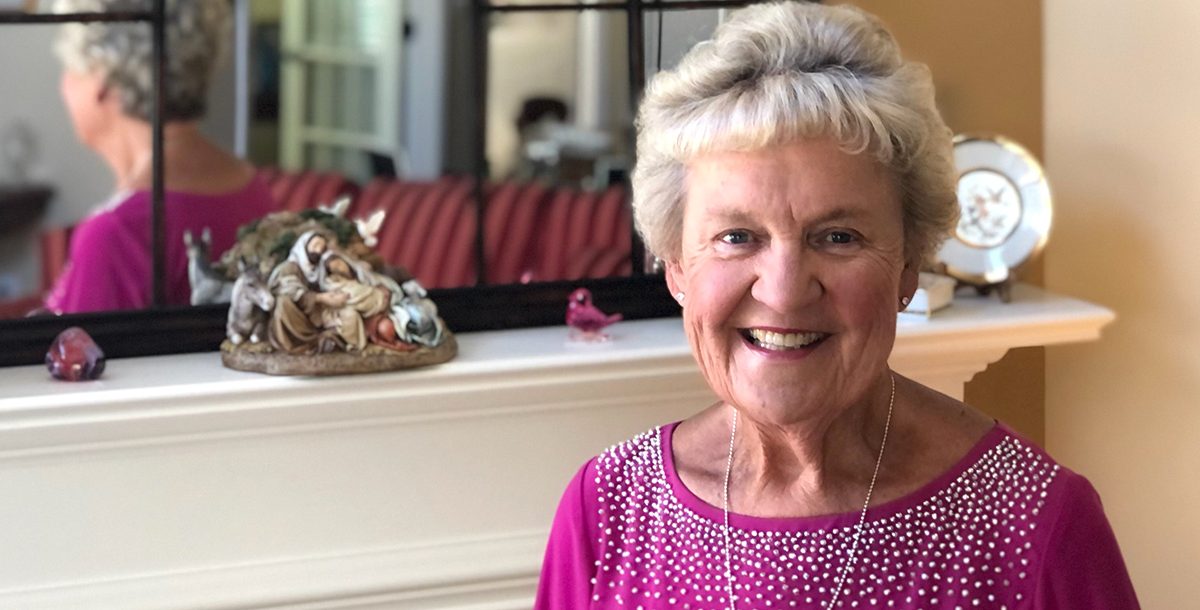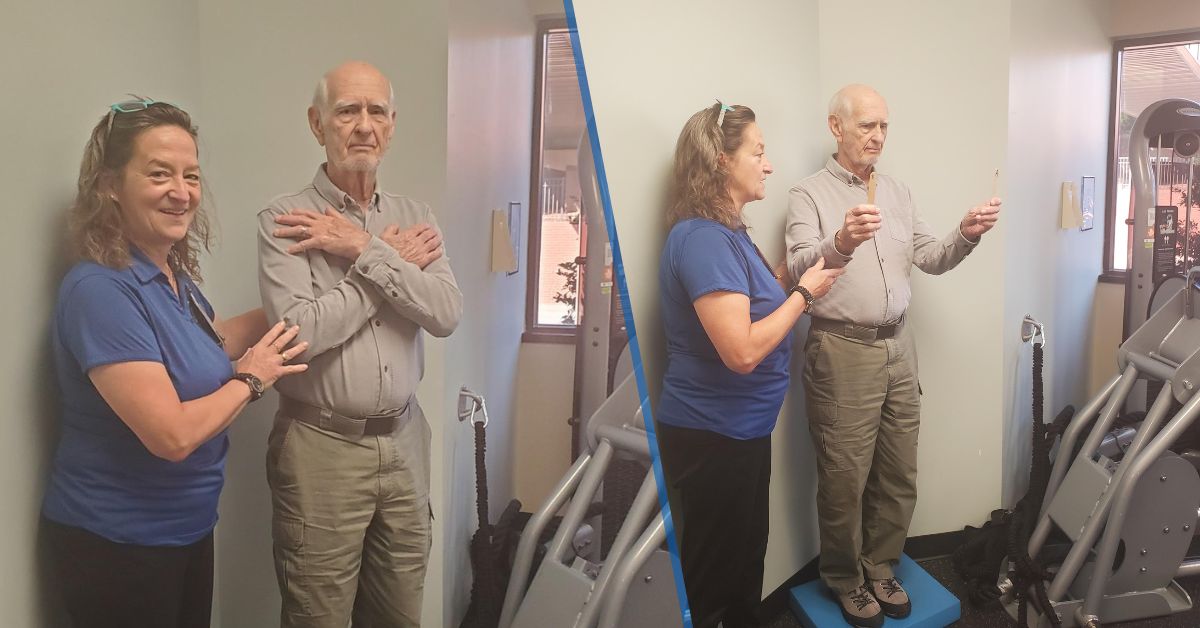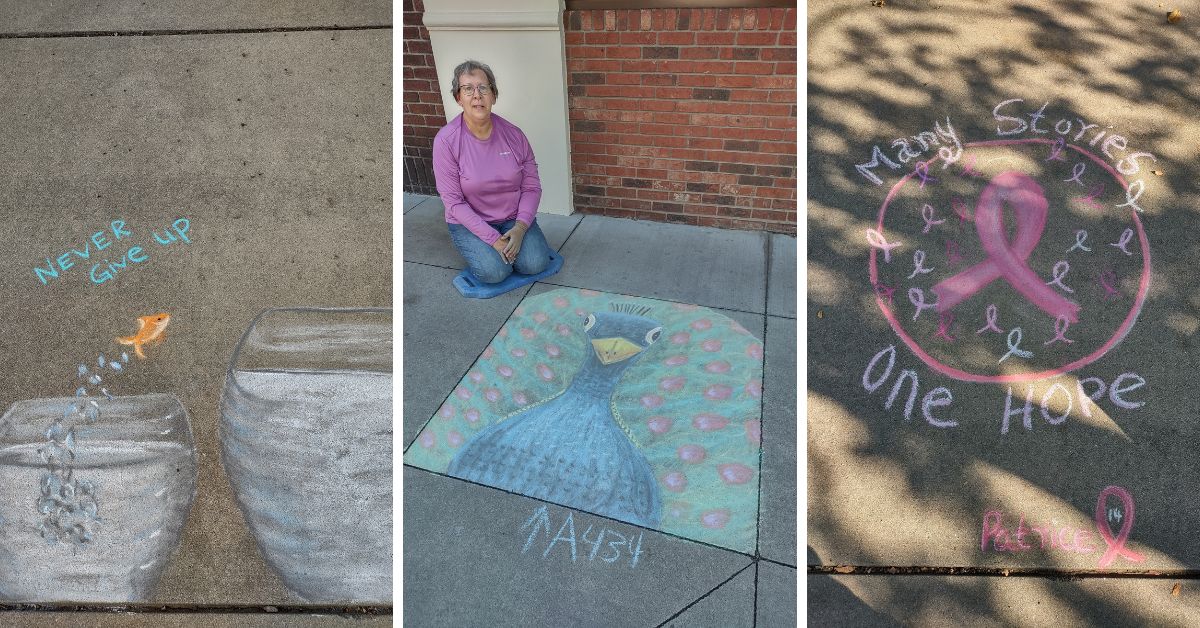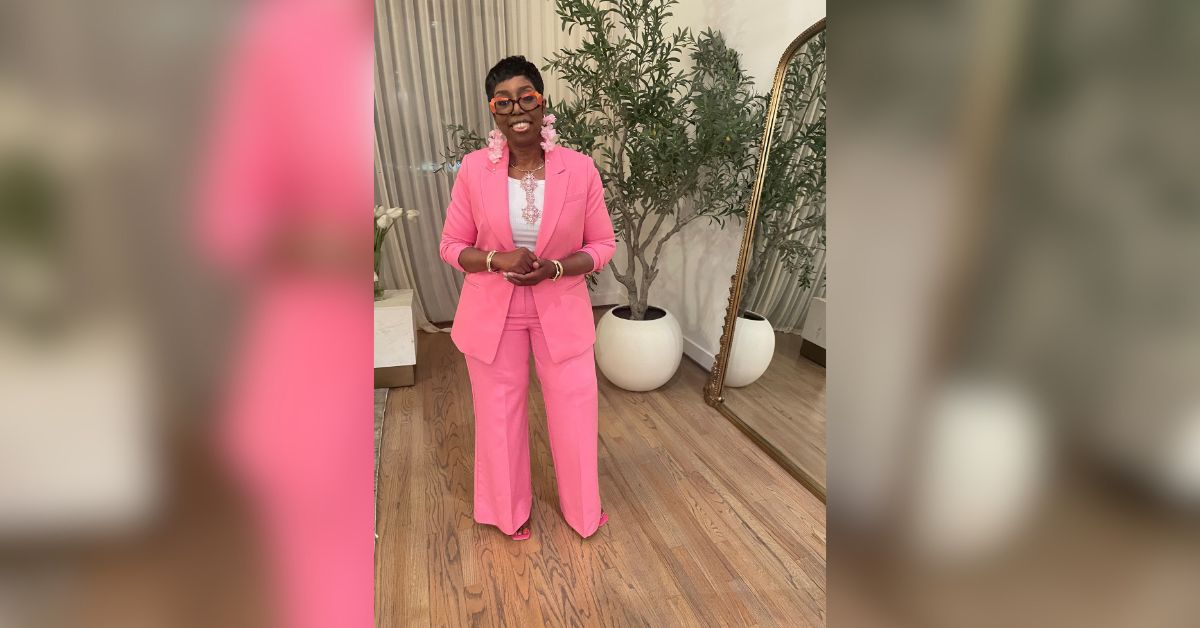Cancer can be brutal. Just ask Nancy Brown, who went through eight rounds of chemotherapy and 28 radiation therapy sessions during her battle with the disease in 2006. After all that, she thought her cancer journey had finally come to an end, but cancer had one last surprise waiting – lymphedema.
“It was not until 2011 that I suspected that I had lymphedema,” Nancy shares. “I was at a church program when I noted fluid coming out of my right arm. I called my surgeon, and she referred me to a therapist who immediately confirmed my diagnosis.”
Lymphedema is one of the most troubling complications that can develop after cancer treatment, when lymph nodes are removed. Lymph nodes an important part of the lymphatic system, which acts as the body’s sewage system – maintaining fluid levels by removing all fluids that leak out of our blood vessels. When that doesn’t happen, the result is lymphedema – a chronic condition that’s uncomfortable and sometimes just downright painful.
“The symptoms of lymphedema can be activated by so many different elements – a slight cut, a plane ride, a mosquito bite, even heat can lead to everything from an infection to swelling or pain,” Nancy says. “It can sneak up on you at any moment and find yourself in a serious situation.”
Unfortunately, there is no cure for lymphedema, but there are many different ways to help treat the condition and minimize its symptoms. Nancy has the built-up fluid removed once a month and works with therapists at St. Francis Therapy Center Smith Therapy to manage the condition with a combination of treatments, including light compression wraps and intense massage therapy.
“It is hard to learn how to manage lymphedema. However, through lots of teaching and self-care, we are able to resolve issues related to the disease,” Debbie Smith, an occupational therapist at the facility, shares. “We regularly adjust Nancy’s compression sleeve and massage routine to help alleviate symptoms of lymphedema.”
Lymphedema can also impair a person’s immune system, making it difficult for these patients to fight off routine infections. So, in addition to treatment, lifestyle changes are also required. A person’s diet, clothing, exercise routine and even their amount of sun exposure can all be important to maintaining a high quality of life.
Nancy says it’s a lot for one person to manage, but she credits her therapists with helping her succeed. She also attends a special support group they hold specifically for lymphedema patients called Upstate Monarchs, and says it’s a crucial part of the healing process. Therapist Debbie Smith is one of the individuals responsible for the group’s success.
“The group has helped me and has been extremely beneficial to so many folks who can come and share their stories,” Nancy says. “They are able to tell others what has helped and what hasn’t helped in their quest to cope with lymphedema.”
Nancy believes the group, along with the personalized treatment she receives at Bon Secours, has helped her realize that while lymphedema is part of her life, it does not define her. She now feels hopeful that she can continue to fight the disease while also maintaining a great quality of life.
“Lymphedema is a disease of inconvenience that requires dedication,” Debbie shares. “Nancy is a great example of doing what you need to do. She is a fabulous lady who I truly see as not only a patient, but as a great person and personal friend.”
Learn about all the health care services we offer at Bon Secours.





